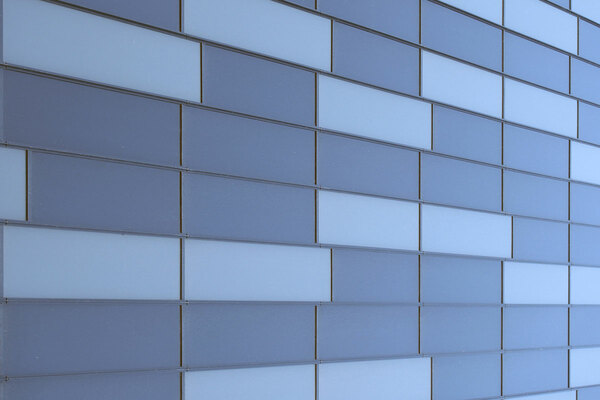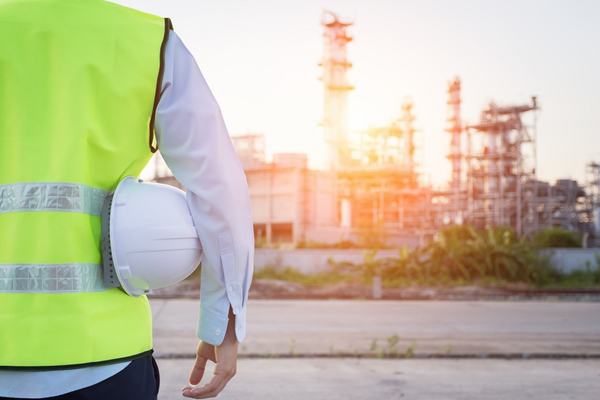Over half of social sector high rises with ACM cladding still not remediated
Of 154 social sector high-rise residential buildings identified with aluminium composite material (ACM) cladding, more than half – 79 buildings – are yet to complete and sign off remediation works.
The monthly figures are based on data at 31 May 2019, and were published by the Ministry of Housing, Communities and Local Government (MHCLG) yesterday (11 June). They concern buildings identified as having ACM cladding systems “unlikely to meet building regulations”.
Of the 79 buildings yet to complete, eight had put a remediation plan in place but had not yet started works, meaning just one building had begun remediation work since the previous month.
The remaining 71 buildings have started remediation work, with 36 having had the cladding removed and 10 of these now awaiting building control sign-off on completed work.
Compared with the previous month’s data, three more buildings have now fully completed and signed off remediation works, bringing the total number to 75 at the end of May.
Private sector
In the private residential sector, the number of high-rise buildings identified with ACM cladding systems unlikely to meet building regulations decreased by one during the month to 207, following a data correction.
Of these, 126 buildings had not yet started remediation works at the end of May, down slightly from 131 in April. Twenty-nine buildings had completed remediation works and a further 52 had started, of which four are awaiting building control sign-off on completed works.
The government has taken steps to encourage building safety works to progress during the pandemic despite the lockdown and social distancing measures in place, after estimating at one point early in the lockdown that 70 per cent of sites had paused remediation works.
Access to government funds
Yesterday’s update stated that, in the social sector, funding for 139 of the 154 buildings has been provided from the Social Sector ACM Cladding Remediation Fund, while one late application is still under consideration. This position is unchanged from April.
To date, the fund has approved £270m for the removal and replacement of unsafe ACM, the report said.
In the private sector, 94 buildings are “in scope” and have submitted an application for the government’s £200m Private Sector Remediation Fund, the report said. Of these, 25 applications have been approved, an increase of 10 since the end of April, of which 13 will fund the full costs while 22 have been approved for “pre-contract support”.
As at 31 May, the fund had approved £33m for the removal and replacement of unsafe ACM, it said.
The government published the prospectus for its new £1bn Building Safety Fund for the removal of unsafe non-ACM cladding systems at the end of May.
This set out the limited circumstances in which registered providers and local authority landlords can access the fund, which the government said is “predominately targeted at supporting leaseholders in the private sector facing significant bills”.
RELATED





